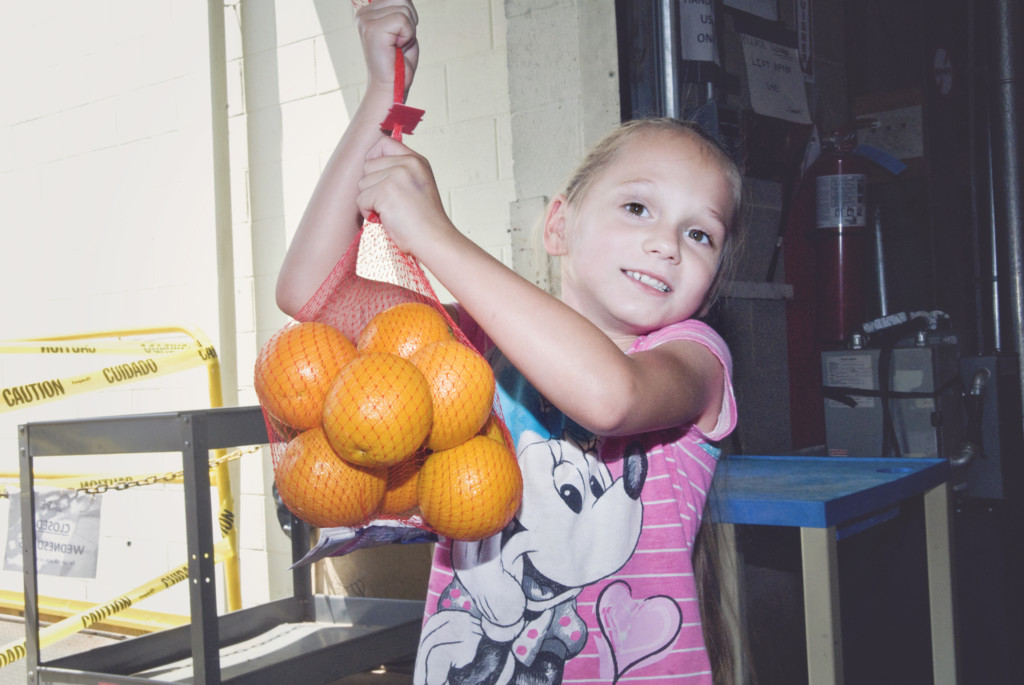Excerpts from Feeding America’s Hunger Blog
Anyone can lose a job, become sick, or need to take care of a child or family member. The Supplemental Nutrition Assistance Program or SNAP, sometimes known as the EBT card, helps kids in central Pennsylvania grow up strong. Without the right nutrition, kids can struggle in school–and beyond. We need to modernize SNAP so that it reflects rising food prices and what it costs to feed a family in 2021. The average benefit someone receives is just $1.40 per person per meal. That is because SNAP benefits are still based on food preparation costs developed in 1975.
If we work together, we have the power to set things right. Let’s build a community of committed individuals to helping people afford the food they need for themselves and their children to be healthy until they are back on their feet.
Why do we need SNAP?
SNAP and other anti-hunger programs are vital to ending hunger in America.
The first food-stamp program was created in 1939. Decades later, food stamps have become the Supplemental Nutrition Assistance Program (SNAP). We’ve made strides in feeding our neighbors since the Great Depression, but Feeding America projects that 42 million people (1 in 8), including 13 million children (1 in 6) may experience food insecurity in 2021. The Central Pennsylvania Food Bank (CPFB), a partner of Feeding America, reports today more than 337,000 remain vulnerable to hunger.
SNAP and other anti-hunger programs are an incredibly important resource for our neighbors who may be recovering from a tough break and need a little temporary help getting back on their feet, or who need support during a crisis. These programs are efficient and effective. The CPFB gave out nearly 50 million meals this past year, but all of our good work is only a fraction of what the federal anti-hunger programs accomplish. For every meal, the CPFB provides, SNAP provides nine.
Who does SNAP help?
SNAP helps our neighbors put food on the table during difficult times. Mainly, SNAP serves children, seniors, and people with disabilities. In fact, nearly half of the people receiving SNAP are children. During the COVID-19 pandemic, SNAP helped more than 1,000,000 Pennsylvanians who suddenly found themselves in the unfamiliar situation of not being able to put food on the table for themselves or their families.
How does SNAP work?
SNAP is available to people living in households with low incomes. Those who qualify for SNAP receive Electronic Benefit Transfer (EBT) cards, loaded with benefits that are timely, targeted, and temporary. Benefits are about $1.40 per meal or around $127 per person per month, based on food preparation costs developed in 1975. SNAP benefits can only be spent on food.
How does SNAP help the economy?
Households usually spend their monthly benefits right away, so SNAP provides quick support to local economies. And that support is significant, as every dollar in SNAP benefits helps generate $1.70 to local economy.
What happens if we don’t increase SNAP benefits for the duration of the economic downturn and beyond?
If we don’t increase SNAP benefits for the duration of the economic downturn and beyond, food banks will continue to face higher levels of demand for food assistance. Last year , the Central Pennsylvania Food Bank provided nearly 50 million meals to our neighbors facing hunger, an increase of 32% before the pandemic.
What can I do to support SNAP?
Send a message to Congress asking them to increase SNAP benefits for all recipients and to help provide important food for families working to get back on their feet. (The letter is already done for you, you just have to take action with a simple click.)
